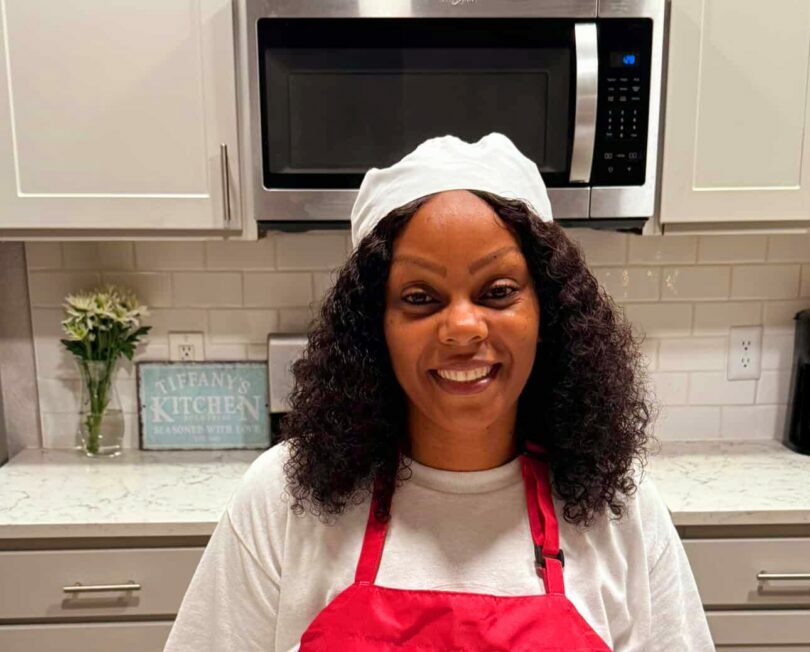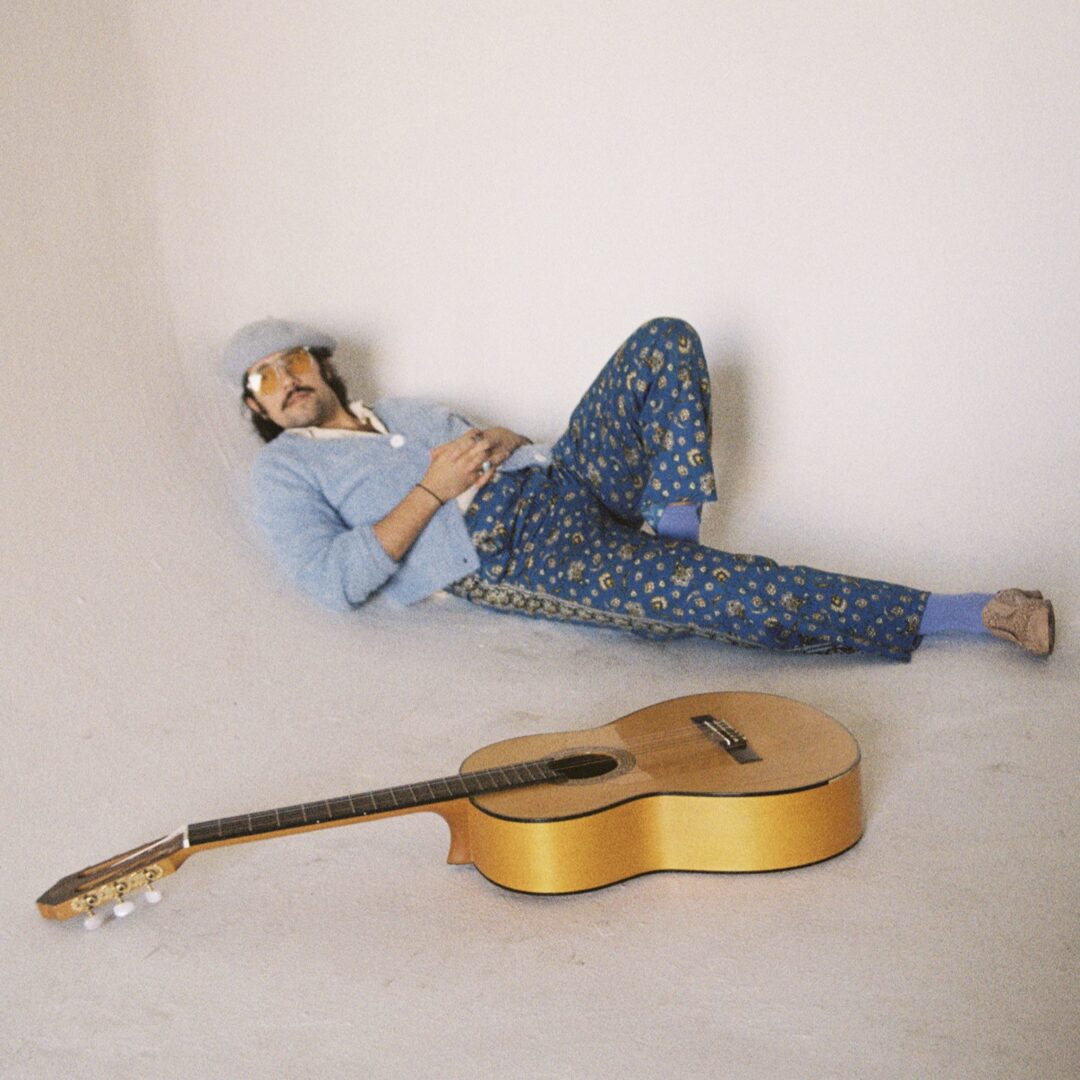Alright – so today we’ve got the honor of introducing you to Yafei Zhang. We think you’ll enjoy our conversation, we’ve shared it below.
YAFEI, appreciate you making time for us and sharing your wisdom with the community. So many of us go through similar pain points throughout our journeys and so hearing about how others overcame obstacles can be helpful. One of those struggles is keeping creativity alive despite all the stresses, challenges and problems we might be dealing with. How do you keep your creativity alive?
To keep my creativity alive, I immerse myself in various sources of inspiration, from nature and art to cutting-edge technology and architecture. I believe in constantly expanding my horizons, so I frequently attend competitions, engage in panel discussions, peer-review in the latest journals/conferences, and explore cross-disciplinary ideas. As a BIM Lead, I also find inspiration in the intersection of design and technology. BIM’s capacity to bring designs to life with precision fuels my creativity by enabling me to explore sustainable solutions and streamline complex processes. Teaching at Kean University and my involvement with Women in BIM also help keep me inspired, as interacting with diverse voices and fresh perspectives encourages me to keep pushing the boundaries of my work. Finally, I stay grounded in a human-centered approach, continuously learning how design can enhance the way people interact with their environment, which keeps my creativity both alive and purposeful.


Appreciate the insights and wisdom. Before we dig deeper and ask you about the skills that matter and more, maybe you can tell our readers about yourself?
I’m Yafei Zhang, a BIM Lead at KPF and an advocate for the transformative power of technology in architecture and urban design. My work is centered around integrating advanced BIM systems to streamline design and construction processes, reduce waste, and create more sustainable and resilient environments. I’m particularly passionate about how technology can enhance the human experience in urban spaces, a focus I bring to each project.
A standout project I have been working on is the Bund Fosun Center, a complex urban renewal development in Wuhan that weaves together the city’s rich history with a forward-thinking design. The masterplan includes a variety of programs from office and hotel spaces to cultural venues, with iconic supertall twin towers linked across three levels. This project brings together my love for blending modern and traditional elements while prioritizing human-centered design.
Additionally, my involvement with Women in BIM allows me to contribute to a community dedicated to fostering diversity in construction and technology. I find great joy in mentoring women in the field, hosting industry events, and providing resources for emerging professionals. Recently, I co-hosted a panel discussion at Blanc Gallery in NYC, exploring the intersection of smart technology, art, and design.
On the academic side, I’m also an adjunct professor at Kean University, where I have the opportunity to share my expertise and inspire the next generation of architects and designers. I have published four academic articles and have been invited to peer-review architecture papers, influencing the next-generation technology used in our industry. Beyond my work, I’m excited to announce that my project, Module Cube, was recently awarded the Silver Prize at the 2024 Muse Design Award in the sustainability category. This recognition encourages me to continue innovating and pushing for sustainable design solutions.


Looking back, what do you think were the three qualities, skills, or areas of knowledge that were most impactful in your journey? What advice do you have for folks who are early in their journey in terms of how they can best develop or improve on these?
Looking back, three qualities have been especially impactful in my journey: a commitment to sustainability, technical proficiency, and a human-centered design mindset.
Sustainability has been a core value in my work, and my project Module Cube reflects this commitment. Recognized with the Silver Prize in the sustainability category at the 2024 Muse Design Awards, Module Cube showcases how sustainable principles can be seamlessly integrated into design. The project is built with modular components, which not only reduce construction waste but also allow for flexible, adaptable use across different contexts. Each module is designed for efficiency, minimizing environmental impact while maximizing functionality. For those just starting out, I encourage integrating sustainable practices early on—considering the life cycle of materials and the adaptability of spaces can make a meaningful difference in a project’s long-term impact.
Technical proficiency is another essential skill, especially when mastering BIM tools. My work on the University of Michigan Center for Innovation (UMCI) project exemplifies how technical expertise can drive complex projects forward. On UMCI, BIM was instrumental in achieving a highly coordinated design, allowing us to integrate diverse program requirements while ensuring precision in every detail. For those early in their careers, I suggest immersing yourself in technology like BIM—it will not only strengthen your technical foundation but also enable you to execute ambitious projects with confidence and efficiency. I pay special attention to calculating safe egress and the automotive calculation of BIM for water plumbing and electricity wires energy conservation. These technical improvements are essential for urban renewal projects in the cities, to effectively save resources and labor costs.
Lastly, a human-centered design mindset has given my work added purpose. My project White Pine Serenity is a clear example of how understanding and prioritizing the needs of people can enhance both design and functionality. Designed as a retreat in harmony with nature, White Pine Serenity emphasizes tranquility and connection with the environment, creating an experience that deeply resonates with users. This approach is central to my lecture topic at 2024 New York Build Expo, “The Human Touch: The Role of Human-Centered Design in Architecture and Design,” where I explored how human-centered design enhances the ways people interact with and experience spaces. For those in the early stages of their careers, I encourage cultivating empathy and focusing on how your designs can genuinely improve lives.
In summary, a commitment to sustainability, strong technical skills, and a human-centered perspective have been foundational in my journey. Embracing these values can guide emerging professionals toward a meaningful, future-focused path in architecture and design.


Is there a particular challenge you are currently facing?
One of the biggest challenges I’m currently facing is balancing the integration of advanced technology with maintaining a strong sustainability focus. As a BIM Lead, I’m constantly working with powerful tools that allow us to push the boundaries of design efficiency, yet there’s a risk that technology alone can sometimes overshadow sustainable design principles.
To address this, I make it a priority to keep sustainability at the forefront, ensuring our design decisions minimize environmental impact and enhance resource efficiency. I’m actively engaging in interdisciplinary discussions to explore sustainable practices further, and I incorporate regular sustainability assessments to measure the environmental footprint of each project. Additionally, I’ve been emphasizing the importance of lifecycle analysis in our designs to ensure each project remains sustainable long after construction. Balancing these elements is challenging, but I’m committed to harmonizing advanced technology with the principles of sustainable architecture.


so if you or someone you know deserves recognition please let us know here.




